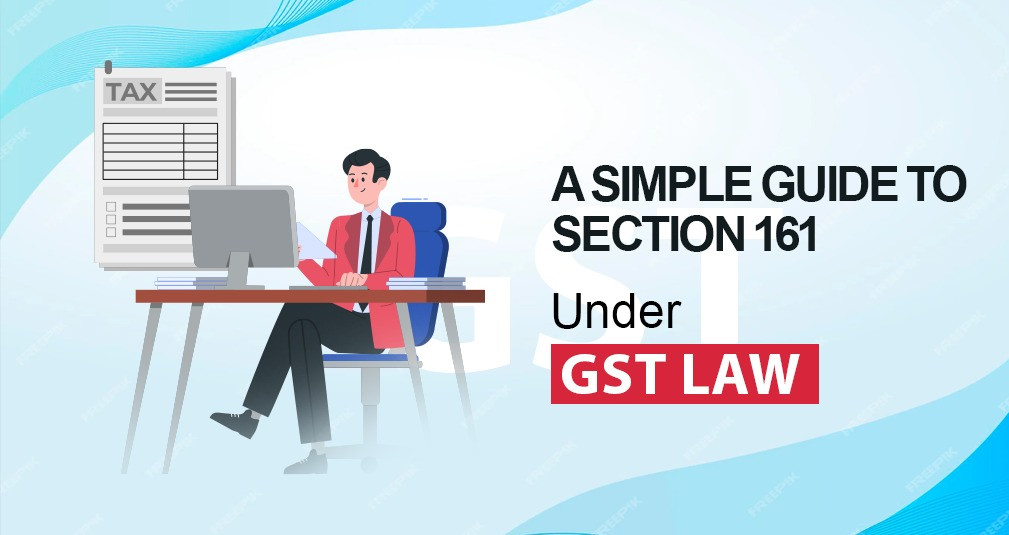
How to File ITR-2 for Capital Gains 2022-23
Filing ITR is an important annual obligation for taxpayers in India. It allows individuals to report their income, claim deductions, and ensure compliance with tax laws. For individuals who have earned capital gains in the financial year 2022-23, it is crucial to understand the process of filing ITR-2.
However, if your total income for a financial year includes income from a business or profession, you must file ITR-3 as the capital gains tax return. On the other hand, if your income comes from salary, the sale of foreign assets, property, etc., you can file ITR-2. Continue reading to learn about the process of filing the capital gain ITR form. In this blog, we will explore the basics of capital gains, discuss the ITR-2 form, and provide a step-by-step guide to file ITR-2 for capital gains income.
What is ITR-2 Form?
ITR-2 is the income tax return form used by individuals and Hindu Undivided Families (HUFs) who have income from capital gains, among other sources. It is applicable when the taxpayer does not have any business or professional income. For individuals with capital gains income in the financial year 2022-23, ITR-2 becomes the appropriate form to file their tax returns.
What are Capital Gains?
Capital gains refer to the profits made from the sale of capital assets, such as real estate, stocks, mutual funds, or bonds.
These gains can be classified into two categories:
1. short-term capital gains (STCG)
2. long-term capital gains (LTCG)
STCG is applicable when the holding period of an asset is less than or equal to 24 months, while LTCG applies when the holding period exceeds 24 months.
Also Learn; Capital Gains Income Tax– Definition, Calculation, and Tax Exemptions
Who is eligible to File Form ITR-2?
1. You can file Form ITR-2 if you are:
✅ An Indian individual or a member of a Hindu Undivided Family (HUF)
✅ Earning income from salary, pension, house property, capital gains, other sources, or foreign assets
✅ Not earning income from a business or profession
2. Specifically, you can file Form ITR-2 if you meet any of the following criteria:
✅ You earn more than Rs. 5,000 from agricultural income.
✅ You earn capital gains from multiple house properties or other sources, such as horse racing or lottery winning.
✅ You earn income from foreign assets or generate a foreign income.
#Note that if you are earning income from a business or profession, you are not eligible to file Form ITR-2.
What are the Steps to File ITR-2 for Capital Gains Income?
✅ Gather all relevant documents, such as sale/purchase invoices, brokerage statements, and investment proofs related to your capital gains. This will help you calculate the accurate capital gains and fill out the ITR-2 form correctly.
✅ Visit the official website of the Income Tax Department or the Income Tax e-filing portal to download the ITR-2 form for the assessment year 2023-24.
✅ Enter your personal details, such as name, PAN number, address, and contact information, in the appropriate sections of the form.
✅ In the ITR-2 form, navigate to the 'Schedule CG' section. Here, you will need to provide details of the capital gains earned during the financial year. Separate sections are available for reporting short-term and long-term capital gains. Enter the necessary information regarding the assets sold, purchase cost, sale proceeds, and capital gains amount.
✅ Based on the capital gains information provided, the ITR-2 form will automatically calculate your tax liability. Ensure that you cross-verify the calculations to confirm accuracy.
✅ Apart from capital gains, you may have other sources of income. Fill in the details of your salary, interest income, rental income, etc., in the appropriate sections. Additionally, claim deductions under various sections of the Income Tax Act, such as 80C, 80D, or 80G, to reduce your taxable income.
✅ After completing all the necessary sections of the ITR-2 form, validate the data entered. Ensure that all the information is accurate and there are no errors. Once validated, generate the XML file of your tax return.
✅ log in to the Income Tax e-filing portal and upload the XML file of your ITR-2 form. After uploading, proceed to verify your tax return using any of the available methods, such as Aadhaar OTP, net banking, or digital signature.
Click here to Master in ITR Filing Practically 👉 ITR-1, ITR-2, and ITR-4
Frequently Asked Questions (FAQs):
1. What are the documents required to file ITR-2?
The following documents are required to file ITR-2:
✅ Form 16: This form is issued by your employer and contains details of your salary income, including TDS deductions.
✅ TDS certificates: If you have earned interest on fixed deposits or savings bank accounts and TDS has been deducted on the same, you will need TDS certificates, i.e., Form 16A.
✅ Form 26AS: This form can be downloaded from the e-filing portal and it contains details of all TDS deducted from your income during the year.
✅ Rent receipts: If you have rented out your property, you will need rent receipts to calculate HRA.
✅ Summary of profit and loss statements: If you have incurred capital gains during the year, you will need to provide a summary of your profit and loss statements.
✅ Bank passbook, and receipts of fixed deposits: These documents are required to calculate interest income.
✅ Documents/proofs for claiming tax-saving deductions: You will need to provide documents/proofs to claim tax-saving deductions under sections 80C, 80D, 80G, 80GG, etc.
2. How to avail of the concessional rate under Section 112A of the Income Tax Act?
To avail of the benefit of a concessional rate of 10% under Section 112A of the Income Tax Act, you must meet the following conditions:
✅ Securities Transaction Tax (STT) must have been paid on the purchase and sale of equity shares.
✅ STT must have been paid on the sale of units of a business trust.
✅ The securities must be long-term assets.
✅ You cannot claim any deduction under Chapter VI A in respect of long-term capital gains.
✅ You cannot claim a rebate under Section 87A.
For more information, Visit us at: https://academy.tax4wealth.com/
No comments yet, Be the first to comment.













